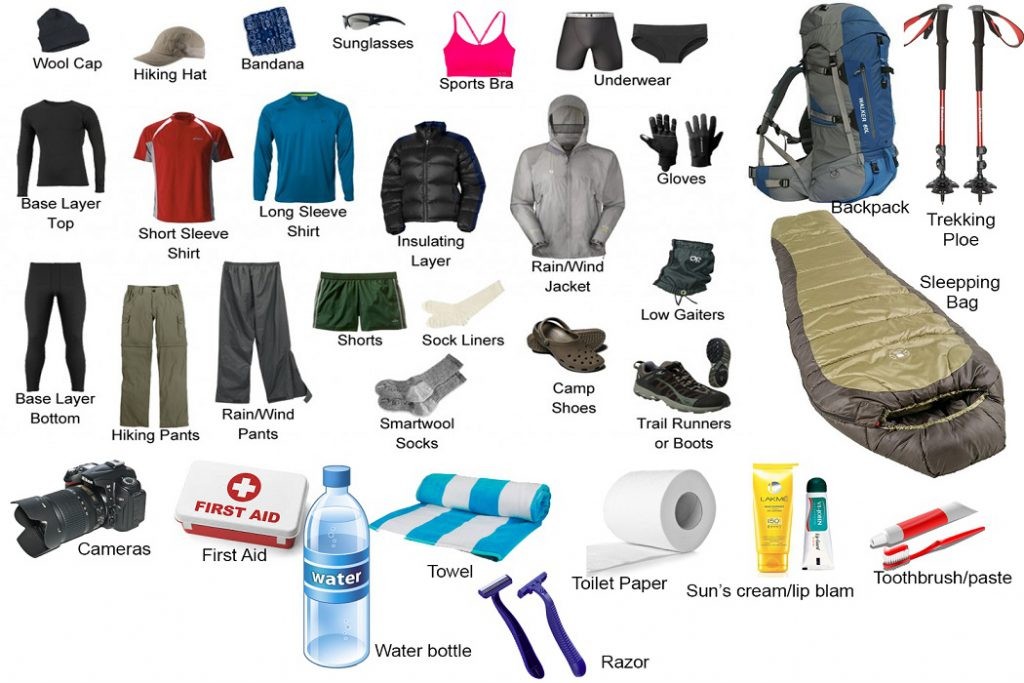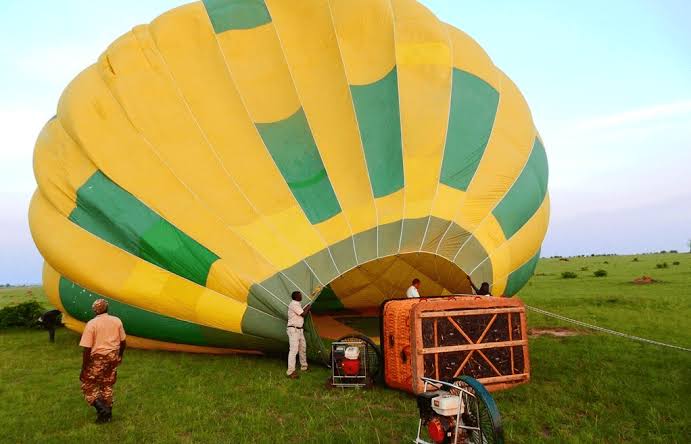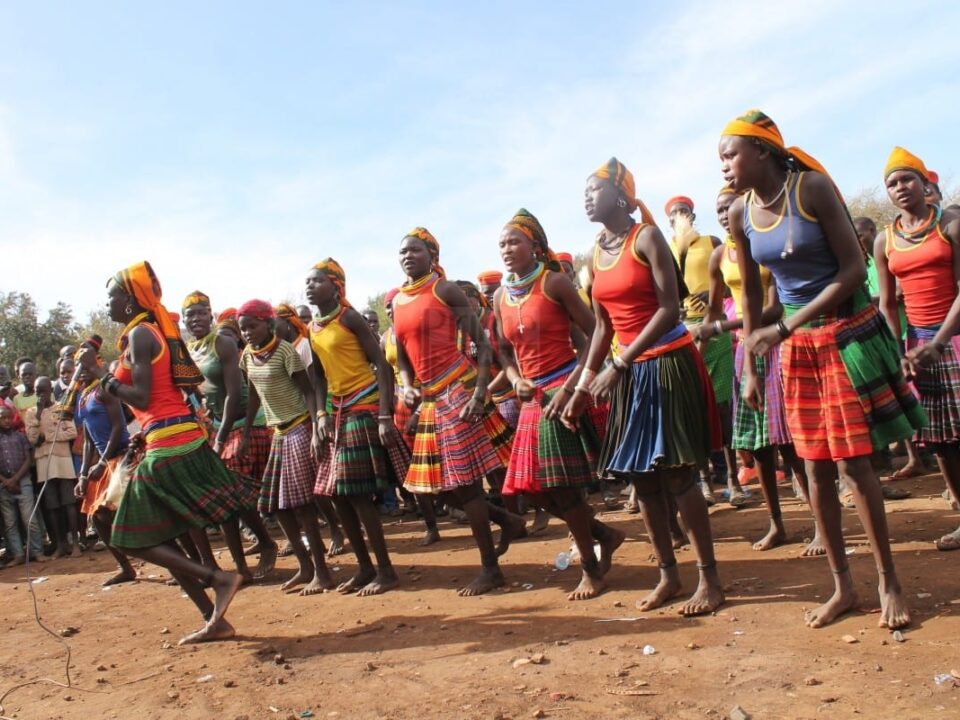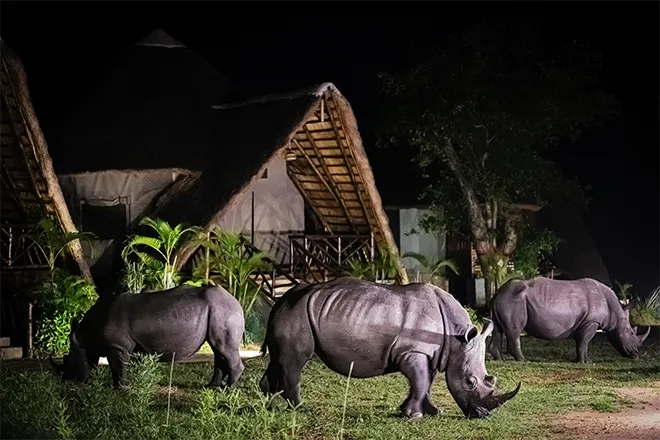- GET IN TOUCH WITH US:
- +256 753518160
- +256 777842166
- info@experiyatourcompany.com

Uganda Safari Costs Explained
November 20, 2025
Uganda Gorilla Trekking Tips
November 20, 2025Uganda Safari Packing List
Preparing for a safari in Uganda is just as exciting as the journey itself. From tracking mountain gorillas in ancient rainforests to exploring vast savannahs filled with lions, elephants, and buffaloes, Uganda offers an adventure unlike anywhere else in Africa. But to fully enjoy the experience, stay comfortable, and capture every magical moment, packing correctly is essential. Uganda’s diverse landscapes, varying climates, and the physical demands of activities like trekking mean that travelers must bring a well-thought-out selection of clothing, gear, and essentials.
This comprehensive Uganda safari packing list provides everything you need for gorilla trekking, chimpanzee tracking, game drives, boat safaris, nature walks, and cultural encounters. Whether you’re planning a short wildlife trip or a multi-day cross-country safari, this detailed guide will ensure you’re fully prepared. From clothing and hiking gear to camera equipment, health essentials, and travel documents, we cover every category with explanations to help you pack smart and travel confidently.
Understanding Uganda’s Weather and Safari Conditions
Before packing, it’s helpful to understand the conditions you will encounter:
Climate
Uganda has a tropical climate with moderate temperatures throughout the year. However, conditions shift depending on your location.
Rainforest regions like Bwindi and Kibale are cool and moist.
Savannah parks like Queen Elizabeth and Murchison Falls are warm to hot.
Highland areas like Kisoro and Kabale can get chilly, especially at night.
Dry Seasons
June–September
December–February
Expect sunny days but cold mornings in gorilla trekking zones.
Rainy Seasons
March–May
October–November
Expect lush green landscapes, occasional heavy showers, and muddy terrain—but gorilla and chimp trekking continue year-round.
Knowing this helps you pack appropriately for both warmth and moisture protection.
Essential Clothing for a Uganda Safari
When packing clothing, prioritize comfort, durability, and neutral colors.
Safari Shirts
Pack long-sleeved, breathable shirts in colors like olive, khaki, and brown. These:
Protect against insects
Shield your skin from sun
Blend with natural surroundings
Moisture-wicking shirts are highly recommended.
Safari Trousers
Convertible trousers (that turn into shorts) are ideal. Choose lightweight and quick-dry fabric.
Avoid bright colors; neutral tones help you blend in and prevent disturbing wildlife.
T-Shirts
Bring 3–5 breathable cotton or moisture-wicking t-shirts for layering.
Fleece Jacket or Warm Sweater
Necessary for early morning game drives and chilly mountain evenings.
Waterproof Jacket or Rain Poncho
Critical for gorilla and chimp trekking. Sudden rain showers are common, especially in rainforest areas.
Hiking Pants
At least one sturdy pair for treks. They offer:
Protection against thorns
Comfort on steep terrain
Quick drying
Shorts (Optional)
Useful in savannah parks but avoid wearing shorts during gorilla trekking due to thorns and insects.
Lightweight Pajamas
Nights can be cool, especially in mountain lodges.
Underwear and Socks
Pack enough lightweight socks and a few thick hiking socks. Wool socks help prevent blisters.
Footwear for Ugandan Safaris
Hiking Boots
A must for gorilla trekking. Choose boots that are:
Waterproof
High-ankle support
Comfortable and broken-in
Bwindi’s steep and muddy trails demand proper footwear.
Safari Sneakers or Trail Shoes
Comfortable for nature walks and light hiking.
Sandals or Flip-Flops
Perfect for relaxing at the lodge after long trekking days.
Gear for Gorilla and Chimpanzee Trekking
Gardening Gloves
Highly recommended to protect hands from thorns and vines while trekking.
Gaiters
Keeps your legs safe from fire ants, mud, and thick vegetation.
Walking Stick
Often provided by lodges or rangers, but you can bring a collapsible trekking pole for extra stability.
Small Backpack
Choose one that is:
Waterproof
Comfortable to carry
Large enough for cameras, water, snacks, and a jacket
Reusable Water Bottle
Essential on treks. Staying hydrated is crucial in humid forests.
Energy Snacks
Granola bars, nuts, and dried fruits keep your energy levels up during long hikes.
Safari Gear and Accessories
Binoculars
Important for spotting wildlife during game drives. A 10×42 pair is ideal.
Headlamp or Flashlight
Needed for camps and lodges where electricity may be limited during nighttime.
Travel Towel
Lightweight, quick-dry towels are useful for hikes and unexpected weather.
Daypack Rain Cover
Protects gear during sudden rain.
Camera and Photography Equipment
Uganda offers some of the most unique photography opportunities:
Gorillas
Chimps
Tree-climbing lions
Birds
Landscapes
To capture these moments:
Camera Body
DSLR or mirrorless camera ideal for wildlife.
Lenses
Telephoto lens (200–600mm) for wildlife
Wide-angle lens for landscapes
Prime lens for gorilla portraits
Extra Batteries
Trekking days can be long; bring at least 2–3 extra batteries.
Memory Cards
Carry enough storage—wildlife photography consumes space quickly.
Camera Rain Cover
Crucial for rainforest locations.
Power Bank
Useful during long days away from the lodge.
Tripod or Monopod
A monopod is more practical for gorilla trekking due to uneven terrain.
Toiletries and Personal Care Items
Essential Toiletries
Toothbrush and toothpaste
Soap and shampoo
Deodorant
Lotion for dry skin
Razor or grooming tools
Insect Repellent
Choose one with DEET or natural botanicals but ensure skin-friendly options.
Sunscreen
High SPF due to equatorial sun.
Lip Balm
Sun and wind can dry your lips quickly.
Hand Sanitizer
Useful in remote locations.
Health and First-Aid Items
Prescription Medication
Bring enough for your entire trip, plus extra.
Pain Relievers
Useful after long trekking days.
Altitude Sickness Tablets
Helpful for highland areas like Bwindi and Mgahinga.
Antihistamines
For insect bites or allergies.
Diarrhea Medication
Just in case—changes in diet or water can affect sensitive travelers.
Adhesive Bandages
For blisters or minor injuries.
Malaria Prophylaxis
Consult your doctor for recommendations.
Water Purification Tablets
Useful for hiking and rural travel.
Travel Documents and Essentials
Passport
Valid for at least 6 months beyond arrival date.
Visa
Uganda offers an eVisa or East Africa Tourist Visa (for Kenya and Rwanda travel).
Yellow Fever Certificate
Mandatory for entry.
Travel Insurance
Must cover:
Medical emergencies
Evacuation
Gorilla trekking and adventure activities
Flight Tickets
Printed or digital copies.
Reservation Confirmations
Keep copies for hotels, tours, and permits.
Gorilla and Chimp Permits
Your tour operator usually handles these but keep a copy.
Money and Essentials
Cash (USD)
Carry small denominations. USD notes must be newer than 2009.
Credit/Debit Cards
Accepted in major lodges; rural areas may not accept cards.
Waterproof Pouch
To protect documents during rain.
Optional Items for Extra Comfort
Travel pillow
E-reader or books
Portable fan
Safari journal
Snacks from home
Reusable shopping bag
These optional items enhance convenience during travel.
What Not to Pack
Camouflage clothing (restricted in many African countries)
Bright clothing for wildlife activities
Heavy perfumes (attract insects)
Hair dryers (some lodges cannot handle high-voltage devices)
Pack light and pack smart.
Final Packing Advice for Uganda Safaris
Pack by category, not by day
Test your hiking boots before the trip
Use packing cubes to stay organized
Expect changing weather conditions
Bring layers for warmth
Always carry a small waterproof bag for valuables
Proper preparation ensures you enjoy your safari without stress or discomfort.
Book Your Uganda Safari with Experiya Tour Company
If you want a well-planned, comfortable, and unforgettable safari experience, Experiya Tour Company is your ideal travel partner. They provide expert guidance, personalized safari planning, and comprehensive support—including advice on packing, logistics, and permits—to ensure your safari runs smoothly. Book your Uganda safari with Experiya Tour Company today and step into the adventure of a lifetime with confidence and ease.




